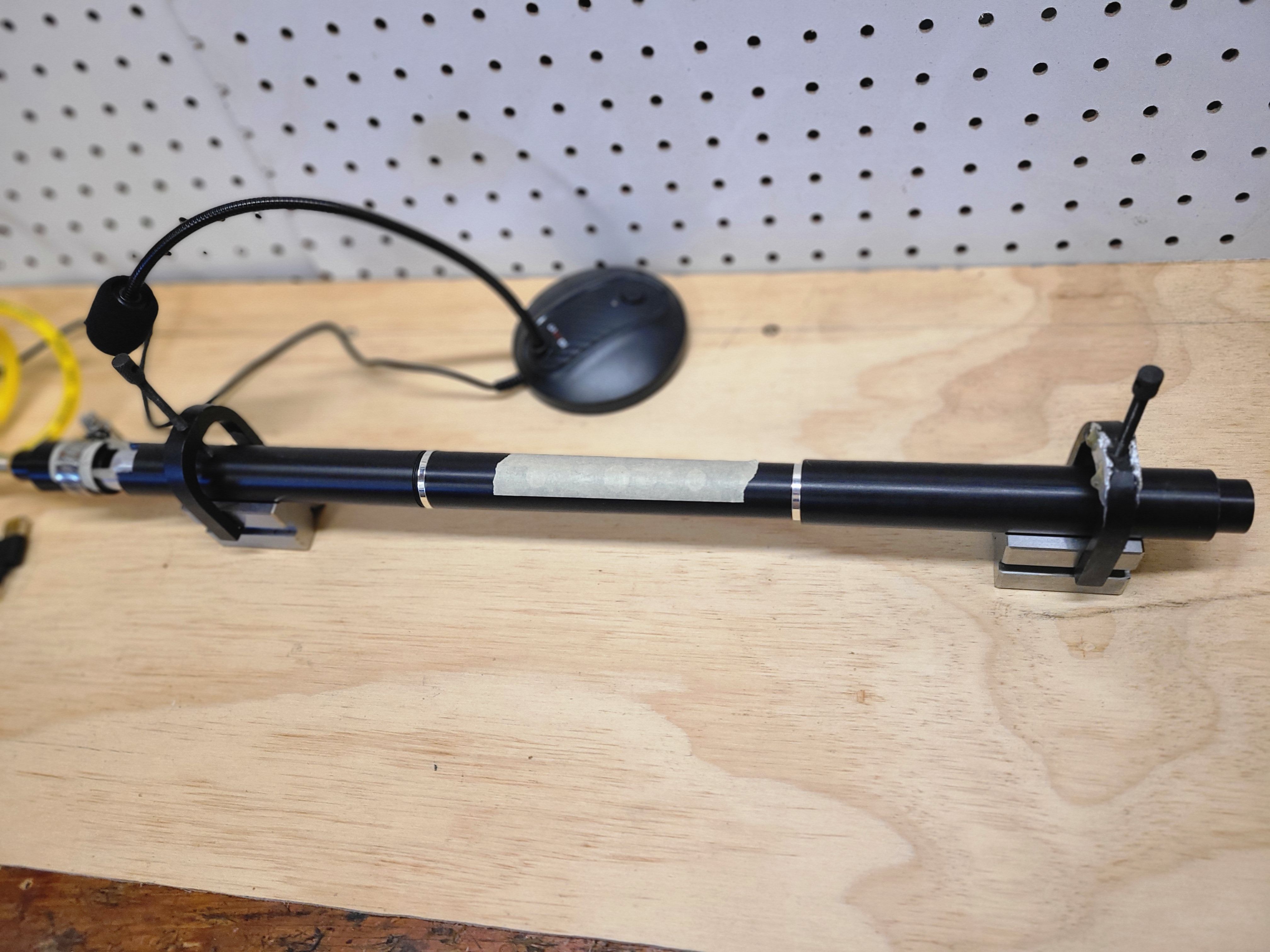Introduction
An interesting feature of many antique conical-bore flutes is that the bore taper flares out near the end. This is visible in McGee's "Classical Bores..." chart of C flutes; the flare on a D flute can be even more pronounced (e.g. extending for the length of a short foot). Let's consider the foot flare on a short-foot D flute with a cylindrical bore.
The generally accepted explanation for the flare is that it prevents the bottom note from being "over-corrected" by the bore taper. Small tone holes cause more 2nd-octave flatness, and so need more bore constriction to correct the pitch. Because the open hole at the end of the bore is large compared to the tone holes, it needs less correction.
So, how much does a flare actually affect the octave stretch? Let's start by looking at W and S curves.
I explain those here. Benade's W curves are a well-known way of showing the effect of bore perturbation on pitch. S curves aren't well known; they are an idea of mine to show the effect of bore perturbation on octave stretch. They are calculated by subtracting W curves to show the difference in pitch change between octaves (due to bore constriction). Here are some S curves for the bottom D:
The left end of the curve is at the embouchure and the right end is at the open end of the bore. The fact that the curves are positive at the end means that constricting the bore there will increase the octave stretch. There are two things that are interesting here:
- All curves are at 0 at the acoustic end (which is about 0.2" beyond the physical end).
- The curves all move up together from the right end for a bit, but then move down at different rates.
The first observation says that changing the diameter at the extreme end of the bore has almost no effect on the octave stretch. This is a bit surprising! Referring to W curves like these, we see that diameter changes at the end have a large effect on pitch--but since the pitch change is almost the same for both octaves, the net effect on octave stretch is small. The most efficient location in the bore for effecting a change in the second octave stretch is in fact around 2" up from the end of the bore, close to the E tonehole.
The second observation indicates that there is a relatively small zone in which the harmonics will move together in response to a bore change.
The chart below shows the predicted change in octave stretch for foot flares of various lengths and diameters. Diameters are expressed as a ratio between the flared and un-flared end diameters:
This chart shows that even a rather aggressive flare has a relatively modest effect, perhaps a couple of cents. The pronounced downturn for the longer flares illustrates that bore changes further away from the end have a larger effect, as noted above.
Experimental Results on a Conical Bore
The above analysis is for a cylindrical bore. In reality, the flares are at the end of a conical bore. To check if a conical bore acts differently, I modified my bore perturbation experimental setup to measure a conical bore. I modified a Delrin flute head so I could attach the whistle head I use for measurements. I then shortened a foot joint and made a socket so I could attach short sections with varying bores to the end. This setup is shown here:

...and here is a measurement of a flare where the diameter increases by 30% over an inch:
| Length | End Diam | Predicted | Measured
| | 1.0 | .65 | +.5 | -2.3
|
This result is a bit puzzling in two ways:
- The measured change of -2.3 cents is larger than expected.
- The predicted change is positive.
More work is needed to explain these results...
| 
